This article was medically reviewed by Danielle Jacks, MD and by wikiHow staff writer, Janice Tieperman. Danielle Jacks, MD is a Surgical Resident at Ochsner Clinic Foundation in New Orleans, Louisiana. She has over six years of experience in general surgery. She received her MD from Oregon Health and Science University in 2016.
There are 15 references cited in this article, which can be found at the bottom of the page.
wikiHow marks an article as reader-approved once it receives enough positive feedback. In this case, 88% of readers who voted found the article helpful, earning it our reader-approved status.
This article has been viewed 479,611 times.
When it comes to injections, injecting into a vein gives medication the most direct route into your bloodstream. Knowing how to intravenously inject your own medication gives you more freedom and flexibility in your medical regimen, but it’s really important to handle your supplies as safely and hygienically as possible. We’ll walk you through everything you should (and shouldn’t) do, so you can have a safe self-injection experience.
Things You Should Know
- Choose an injection site in your arm, if possible. Your hands, legs, and feet are also viable options, but you shouldn’t inject into your neck or groin.
- Always use a sterile and new needle to prevent infection and disease.
- Insert the needle at a slanted, 15- to 45-degree angle to make sure the medication goes into your vein.
- Pull back (or “register”) the syringe to make sure that you successfully hit a vein.
Steps
Warnings
- Always check with a medical professional about the health implications of the drugs you are injecting.⧼thumbs_response⧽
- Always use a fresh needle for each injection. Most needles aren’t made with high-quality materials and won’t be sharp after their first injection.[28]⧼thumbs_response⧽
- Make sure that a friend or loved one is nearby whenever you self-inject your medication. In case of emergencies, stock up on naloxone.[29]⧼thumbs_response⧽
- Don’t insert your needle more than 5 mm into your skin. If you go any deeper than this, you risk tapping a nerve or artery.[30]⧼thumbs_response⧽
Getting Help
- Drug addiction isn't easy to deal with—but you're not alone. There are lots of different ways to recover and heal from drug addiction, including day treatments, outpatient programs, and sober living communities.[31]
- A strong support network is a key part of recovery. Don't hesitate to ask your friends and loved for support, and consider joining a support group like Narcotics Anonymous.[32]
- Always call 911 if you need immediate medical help. If you need extra support (in a non-emergency situation), call the Substance Abuse and Mental Health Services Administration (SAMHSA)'s hotline at 1-800-622-4357. If you need an international hotline, click here.
Things You’ll Need
- Syringe
- Tourniquet
- Alcohol wipe
- Cotton ball or tissue
- Bandage
- Closed container or sharps disposal container
References
- ↑ https://www.heretohelp.bc.ca/infosheet/safer-injecting-opioids-crack-and-crystal-meth
- ↑ https://www.wearewithyou.org.uk/help-and-advice/safer-injecting/inject-hit-drugs-vein-safely/
- ↑ https://www.cdc.gov/handwashing/when-how-handwashing.html
- ↑ https://harmreduction.org/issues/safer-drug-use/injection-safety-manual/safer-injection-basics/
- ↑ https://www.youtube.com/watch?v=eJfqvS1DdWY&t=1m30s
- ↑ https://harmreductionwa.org/wp-content/uploads/2019/09/PBHRWA-Finding-Veins.pdf
- ↑ https://harmreduction.org/issues/safer-drug-use/injection-safety-manual/safer-injection-basics/
- ↑ https://www.youtube.com/watch?v=-tcfQQPQHL8&t=4m52s
- ↑ https://www.youtube.com/watch?v=eJfqvS1DdWY&t=2m12s
- ↑ https://www.heretohelp.bc.ca/infosheet/safer-injecting-opioids-crack-and-crystal-meth
- ↑ https://harmreductionwa.org/wp-content/uploads/2019/09/PBHRWA-Finding-Veins.pdf
- ↑ https://harmreduction.org/issues/safer-drug-use/injection-safety-manual/safer-injection-basics/
- ↑ https://www.youtube.com/watch?v=-tcfQQPQHL8&t=6m39s
- ↑ https://www.wearewithyou.org.uk/help-and-advice/safer-injecting/inject-hit-drugs-vein-safely/
- ↑ https://harmreduction.org/issues/safer-drug-use/injection-safety-manual/safer-injection-basics/
- ↑ https://www.youtube.com/watch?v=-tcfQQPQHL8&t=6m57s
- ↑ https://www.heretohelp.bc.ca/infosheet/safer-injecting-opioids-crack-and-crystal-meth
- ↑ https://www.youtube.com/watch?v=-tcfQQPQHL8&t=7m23s
- ↑ https://www.wearewithyou.org.uk/help-and-advice/safer-injecting/inject-hit-drugs-vein-safely/
- ↑ https://harmreduction.org/issues/safer-drug-use/injection-safety-manual/safer-injection-basics/
- ↑ https://www.tceq.texas.gov/assets/public/comm_exec/pubs/gi/gi-418.pdf
- ↑ https://londonfriend.org.uk/safer-injecting-practices/
- ↑ https://harmreductionwa.org/wp-content/uploads/2019/09/PBHRWA-Finding-Veins.pdf
- ↑ https://harmreduction.org/issues/safer-drug-use/injection-safety-manual/safer-injection-basics/
- ↑ https://harmreduction.org/issues/safer-drug-use/injection-safety-manual/safer-injection-basics/
- ↑ https://harmreductionwa.org/wp-content/uploads/2019/09/PBHRWA-Finding-Veins.pdf
- ↑ https://harmreductionwa.org/wp-content/uploads/2019/09/PBHRWA-Finding-Veins.pdf
- ↑ https://www.health.state.mn.us/communities/opioids/basics/intravenous.html
- ↑ https://www.health.state.mn.us/communities/opioids/basics/intravenous.html
- ↑ https://londonfriend.org.uk/safer-injecting-practices/
- ↑ https://www.helpguide.org/articles/addictions/overcoming-drug-addiction.htm
- ↑ https://www.helpguide.org/articles/addictions/overcoming-drug-addiction.htm
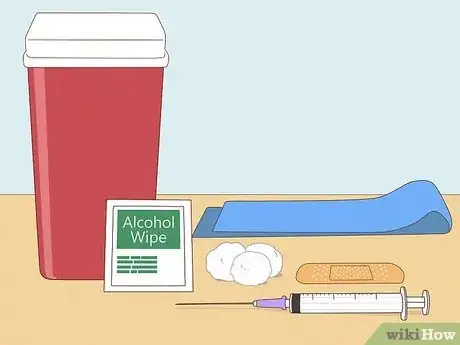
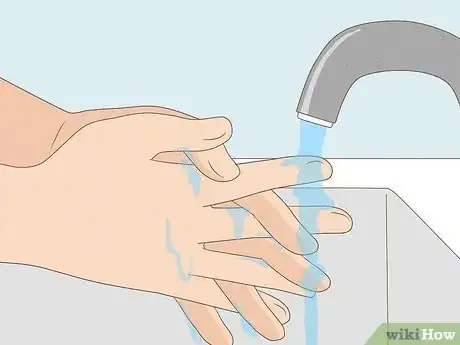
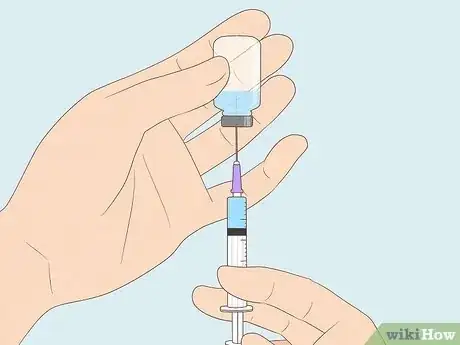
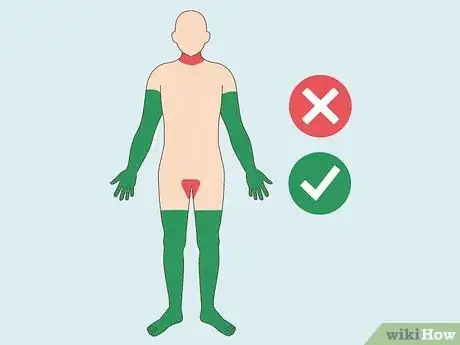
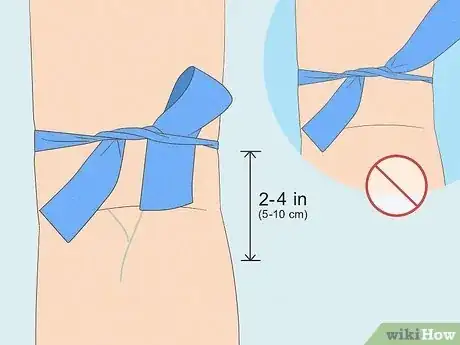
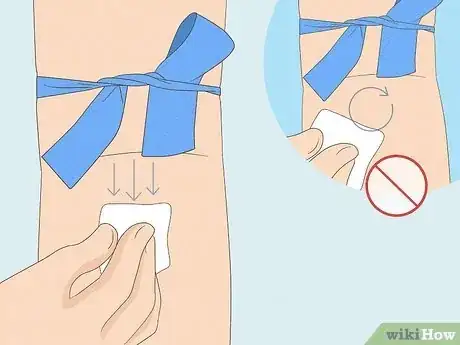
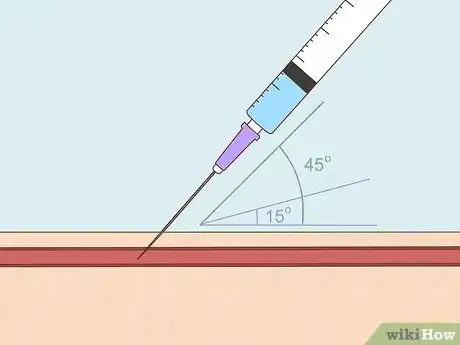
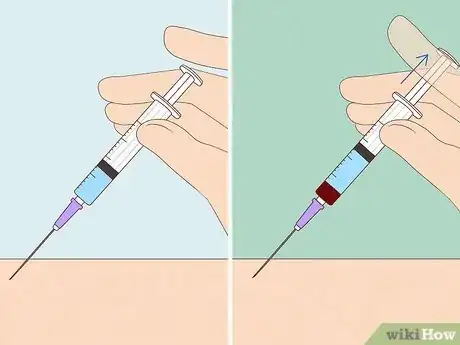
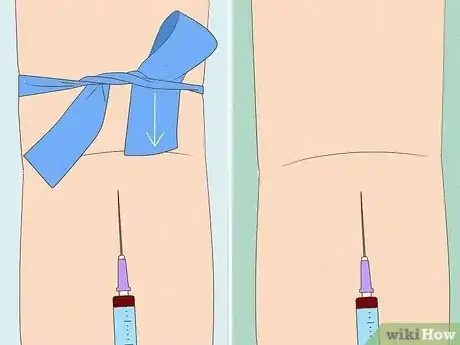


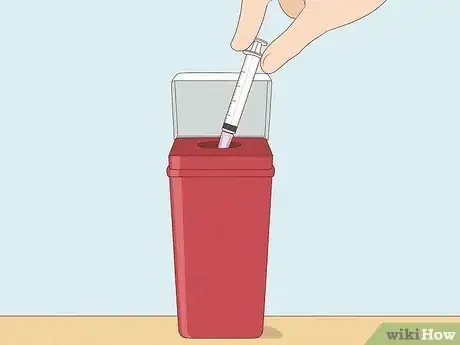
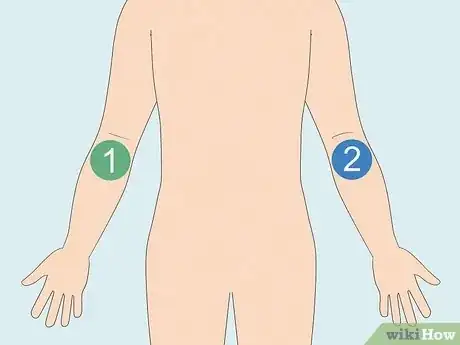
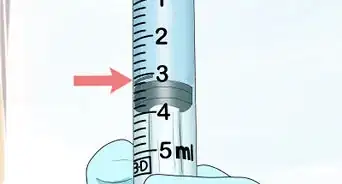
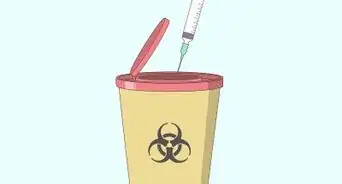
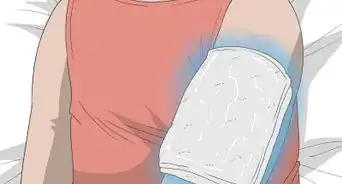
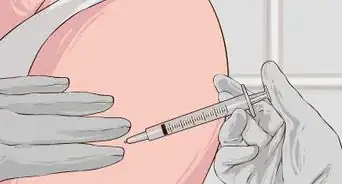
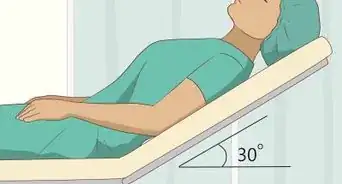
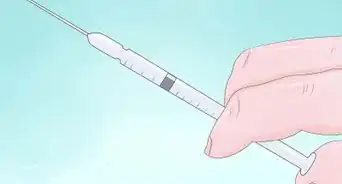
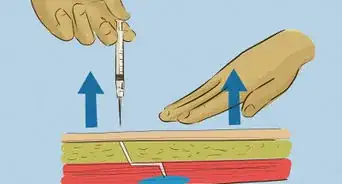
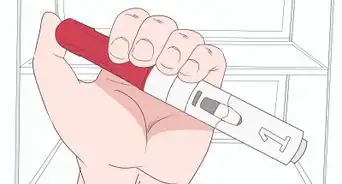
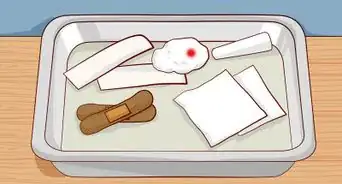
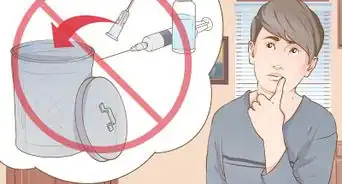
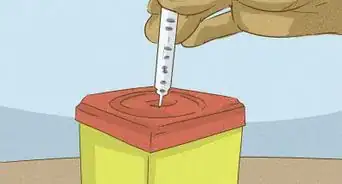













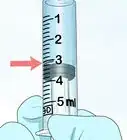

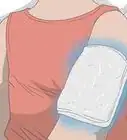
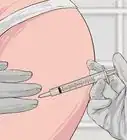



































Medical Disclaimer
The content of this article is not intended to be a substitute for professional medical advice, examination, diagnosis, or treatment. You should always contact your doctor or other qualified healthcare professional before starting, changing, or stopping any kind of health treatment.
Read More...